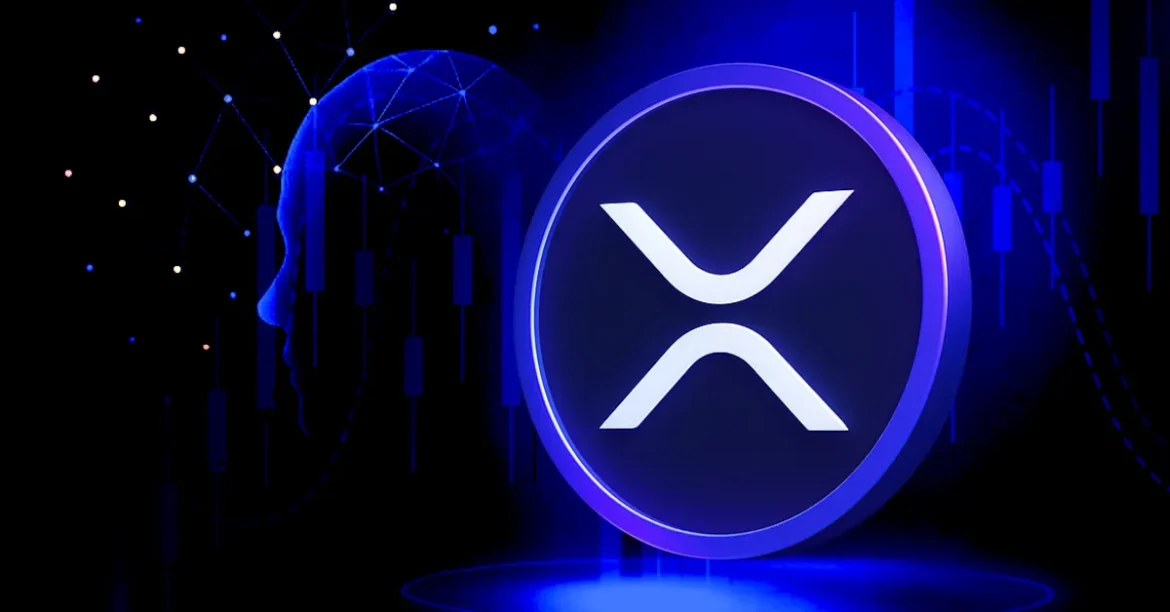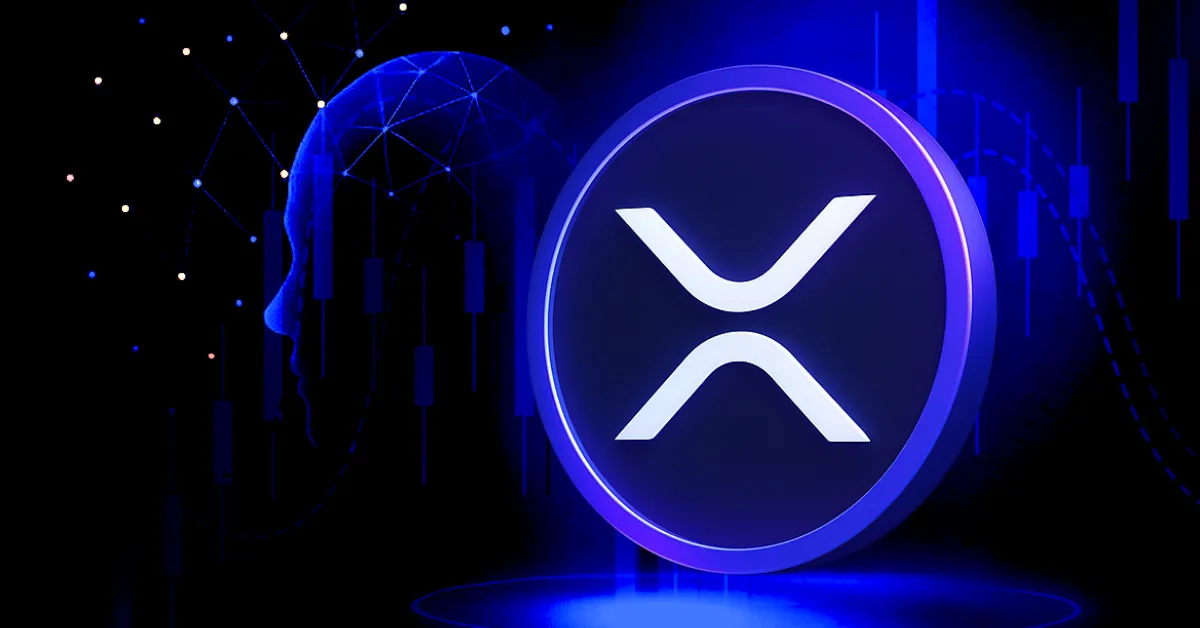The evolving saga of XRP’s legal status has captured widespread attention within the cryptocurrency community and financial markets alike. Recently, key developments have sparked renewed investor confidence and shifted the narrative surrounding XRP, particularly in relation to the U.S. Securities and Exchange Commission (SEC). This analysis delves into the intricate legal backdrop, the market implications of recent rulings, and the potential trajectory of XRP as it emerges from regulatory uncertainties.
A Turning Point in the SEC vs. Ripple Battle
For nearly four years, Ripple Labs, the company behind XRP, faced a lawsuit from the SEC—accusing the company of marketing XRP as an unregistered security. This prolonged litigation weighed heavily on XRP’s price and adoption prospects, contributing to a cloud of regulatory ambiguity that discouraged mainstream financial participation.
However, the tide has decisively turned. Ripple CEO Brad Garlinghouse announced that the SEC is no longer pursuing its appeal in the lawsuit, a statement that precipitated an 8% surge in XRP’s price almost immediately. This move by the SEC, interpreted by many analysts as a retreat, signifies a landmark victory for Ripple and the XRP community. The withdrawal of the SEC’s appeal effectively clears a significant legal hurdle and offers XRP a clearer path to adoption within U.S. markets.
XRP Recognized as an “American Coin Cleared by SEC”
An influential cryptocurrency analysis team, Altcoin Daily, publicly acknowledged at the Bitcoin Conference 2025 that their position on XRP has shifted positively, reinforcing XRP’s legitimacy. They emphasize that XRP is “an American company, and one of the few coins cleared by the SEC.” This reframing encapsulates how market sentiment is gravitating towards viewing XRP as compliant with U.S. regulatory standards, removing the threat of ongoing litigation that once overshadowed the asset.
This validation also resonates with investors who previously viewed XRP with skepticism. The community backing and steady price movements of XRP illustrate mounting confidence, transforming earlier detractors into supporters. Such shifts hint at a broader institutional embrace, bolstered further by regulatory clarity.
Market Impacts and Price Projections
With the case resolved, XRP’s price has experienced renewed momentum, sparking optimistic forecasts among analysts. Some experts suggest XRP could reach price levels between $3 to $10, particularly if exchange-traded funds (ETFs) incorporating XRP gain approval. For instance, filings for spot XRP ETFs such as Grayscale’s proposal have sparked speculation about institutional volume returning with vigor.
While the exact price ceiling remains conditional on regulatory developments and market dynamics, there is consensus that XRP’s removal from legal uncertainty serves as a catalyst for broader liquidity flows and potential integration into traditional financial products like ETFs.
Regulatory Clarity and the Future of Crypto Compliance
Beyond the immediate price implications, the resolution of the SEC vs. Ripple lawsuit has broader significance for U.S. crypto regulation. The Ripple case has acted as a bellwether for how the SEC engages with digital assets and securities classifications. Analysts point out that clear determinations—such as the SEC effectively acknowledging that XRP is not a security—can serve as a model for future crypto regulatory approaches.
Moreover, Ripple’s Chief Legal Officer has publicly called for clearer regulatory frameworks, underscoring how the protracted legal battle revealed gaps and uncertainties in current U.S. crypto oversight. Clear rules can foster innovation while protecting investors, which is essential as cryptocurrencies progressively integrate into mainstream finance.
Community and Institutional Readiness
The XRP community has played a pivotal role in sustaining momentum through nearly half a decade of litigation. Their strong advocacy and belief in XRP’s utility and compliance have underpinned steady price actions during turbulent times. Now, with official disputes fading, this robust foundation sets the stage for more aggressive growth strategies.
Institutional investors, some of whom held back during the SEC’s lawsuit, are poised to reengage. The potential approval of XRP-inclusive ETFs would facilitate institutional entry via regulated channels, enhancing liquidity and price discovery mechanisms.
Conclusion: XRP’s Emerging Role in the U.S. Crypto Landscape
The recent withdrawal of the SEC’s appeal against Ripple marks a watershed moment for XRP and the broader U.S. cryptocurrency market. By effectively recognizing XRP as a compliant asset—not a security needing registration—the regulatory cloud has lifted, allowing both retail and institutional investors to participate with reduced legal risk. This breakthrough is reflected in XRP’s price recovery, shifting analyst sentiment, and bolstering community confidence.
XRP now stands at the cusp of widespread adoption within U.S. financial systems, potentially benefiting from future ETF inclusion and partnerships with traditional institutions. Its journey—from a beleaguered digital asset under legal scrutiny to a symbol of emerging regulatory clarity—exemplifies the maturing relationship between cryptocurrency innovation and government oversight.
The ripple effects of this resolution will likely influence future crypto regulatory policies, investor strategies, and the evolution of digital assets as integral components of the financial ecosystem. As XRP “loads” for its next phase, the coming months will be critical in defining its role as an American cryptocurrency cleared to thrive.





